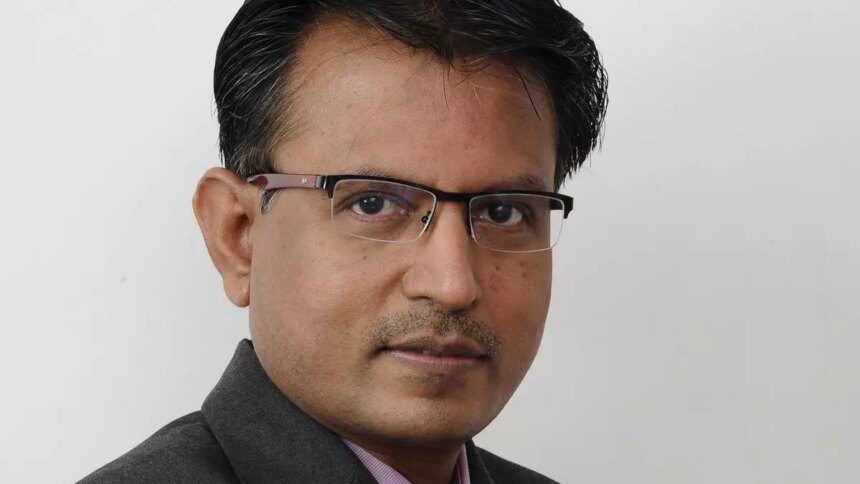The Budget FY26 of Modi 3.0 sets the stage for India’s growth by focusing on “Viksit Bharat”. It strikes a balance between boosting middle-class consumption, increasing capex, and maintaining fiscal prudence. The Budget goes above and beyond expectations in supporting consumption, with measures that free up around ₹1 lakh crore in income tax. This injection of funds into the hands of consumers will stimulate spending, particularly at a time when urban and bottom-of-the-pyramid consumption has been sluggish.
Fiscal discipline remains a priority, with the fiscal deficit targeted at 4.4 per cent of GDP in FY26BE and a long-term goal of reducing the debt to GDP ratio to around 50 per cent. The Budget also focuses on deregulation and ease of doing business, particularly for MSMEs, simplifying tax laws, and supporting sectors like footwear, textiles, and start-ups to boost employment generation.
Capital expenditure sees a notable increase, with an allocation of ₹11.21 lakh crore (3.1 per cent of GDP) including support to States through interest-free loans. The budgeted capital outlay is nearly triple that of FY20, demonstrating a commitment to infrastructure development. Additionally, the Budget proposes the creation of the National Manufacturing Mission to promote Make in India.
Overall, the Budget FY26 not only meets but exceeds expectations. It strikes a balance between short-term growth and long-term sustainability, setting India on a path to becoming the fastest-growing large economy in the world.










